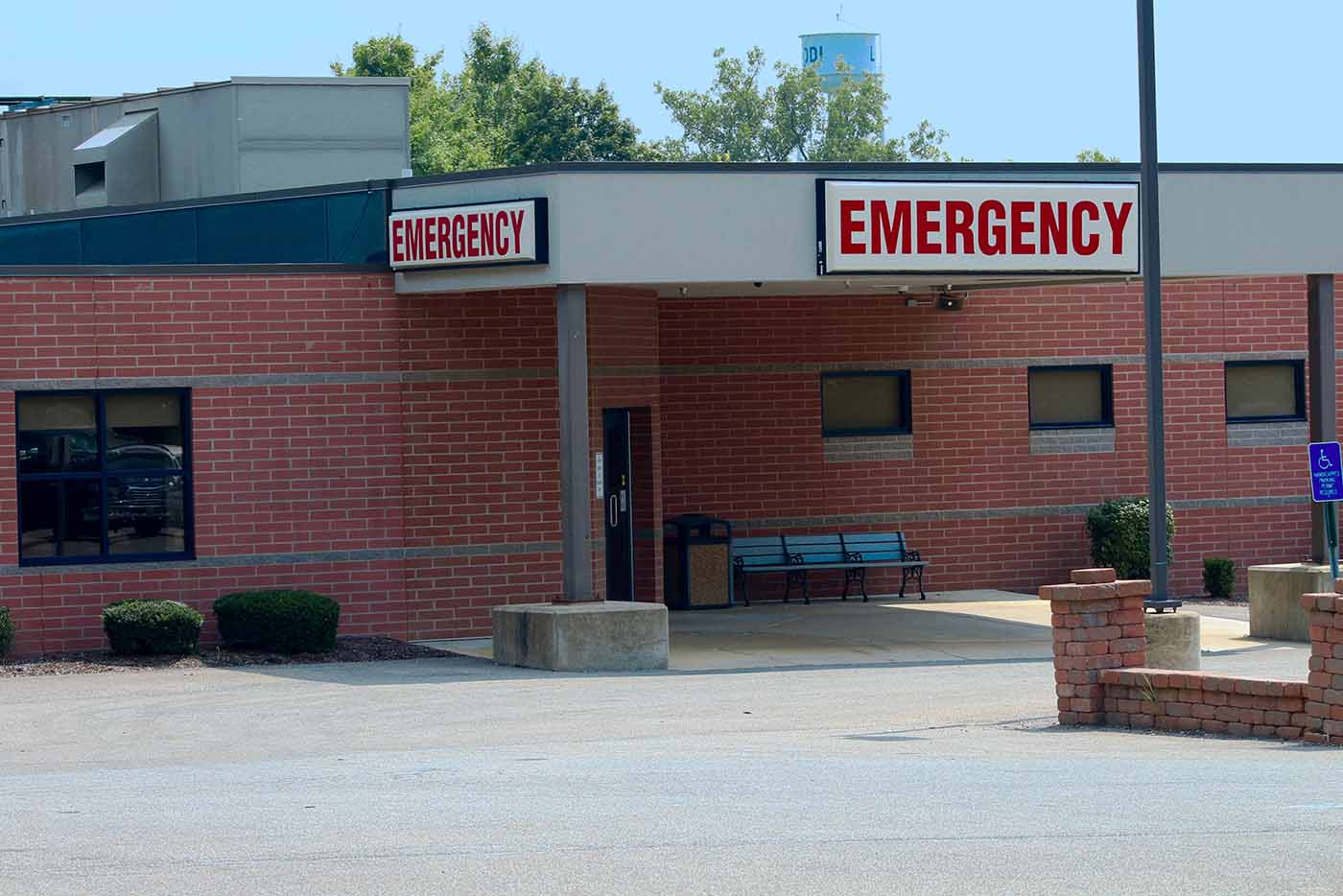
(Original post published July 11, 2022)
On Nov. 1, the Centers for Medicare and Medicaid Services (CMS) released a final rule that includes details about what a hospital must do to become a rural emergency hospital (REH). The proposed REH conditions of participation follow congressional action in late 2020 through the Rural Emergency Acute Care Hospital Act, which created the new provider type in the federal Medicare program.
Here are 10 things to know:
- The REH conditions of participation are very similar to those required of critical access hospitals.
- Hospitals converting to the REH designation will discontinue offering inpatient services, which require intense staffing and have higher overhead costs compared to other services, and be able to turn their attention to offering much-needed urgent, emergent, and outpatient services, including maternal and behavioral health services, in rural communities. Notably, CMS said it expects that some REHs will be interested in being opioid treatment providers, which is permitted on an outpatient basis under the rule.
- REH payment rates are set at the Medicare prospective payment system rates for hospital outpatient department services plus 5%, as well as additional monthly facility payments of $272,866 in 2023. Although Medicare payments may begin as early as Jan. 1, 2023, it is likely that few, if any, hospitals will convert by that time.
- For a hospital to be eligible to be paid as an REH through Medicare, the rule requires state-based licensure as an REH. Arkansas lawmakers have filed an interim study proposal that includes language that would create such a designation if introduced as a bill in 2023.
- An REH may provide post-hospital extended care services if it does so in a unit that is a distinct part of a facility licensed as a skilled nursing facility. The enhanced payment rate for REH outpatient services is not applicable to post-hospital extended care services.
- An REH is not eligible to participate in the 340B program, which allows certain healthcare facilities to purchase prescription and non-prescription medications at reduced cost.
- An REH must have a transfer agreement with a Level I or II trauma system but may also have additional transfer agreements with lower-level trauma systems.
- An REH may be an originating site — the location of the patient receiving services — for the provision of telemedicine services.
- A facility that has transitioned to REH status may maintain its designation as a critical access hospital or acute care hospital and revert to its original designation.
- The National Academy for State Health Policy will provide technical assistance for state health officials. It will release model REH licensing standards in 2023.
The REH designation offers an opportunity for rural acute care hospitals with 50 or fewer beds, including critical access hospitals, to avoid closure and continue to offer essential services to their communities. States surrounding Arkansas have seen 59 closures since 2012, while Arkansas has seen only one closure. However, Arkansas remains among the states with the highest percentages of rural hospitals at high risk of closing.






